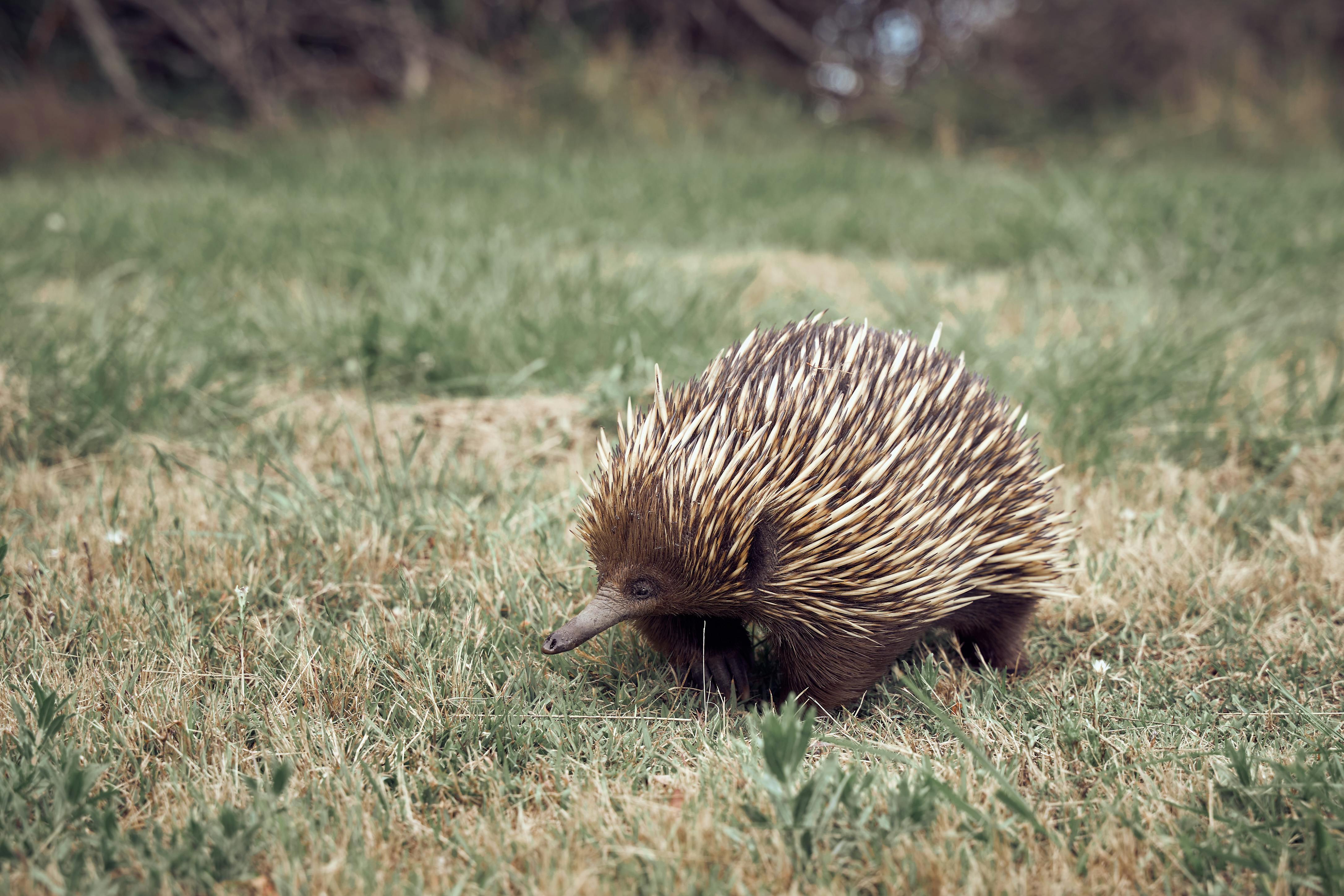Echidna Enigmas: Unraveling the Mysteries of Australia's Spiny Egg-Layers
In the realm of unique Australian wildlife, echidnas stand out as living fossils, captivating scientists and animal enthusiasts alike. These peculiar egg-laying mammals, with their spiny coats and long snouts, offer a glimpse into evolutionary history and challenge our understanding of mammalian biology.

A Prehistoric Puzzle: The Echidna’s Evolutionary Journey
Echidnas, along with their close relatives, the platypus, belong to an ancient group of mammals known as monotremes. These egg-laying mammals diverged from other mammalian lineages over 200 million years ago, retaining primitive features while developing unique adaptations.
Fossil evidence suggests that echidnas have changed little over millions of years, earning them the moniker living fossils. Their persistence through various climatic and environmental changes speaks to their remarkable adaptability and evolutionary success.
Spines and Snouts: The Echidna’s Distinctive Anatomy
The echidna’s most striking feature is its coat of sharp spines, which serves as a formidable defense against predators. These modified hairs, similar to those of hedgehogs and porcupines, cover most of the animal’s body, leaving only the face and underside exposed.
Equally notable is the echidna’s elongated snout, which houses a specialized tongue used for feeding. This remarkable organ can extend up to 18 centimeters beyond the tip of the snout, allowing the echidna to probe deep into ant and termite nests for its primary food source.
Egg-cellent Reproduction: The Echidna’s Unique Breeding Strategy
Perhaps the most fascinating aspect of echidna biology is their reproductive system. As monotremes, echidnas lay eggs rather than giving birth to live young, a trait that sets them apart from all other mammals except the platypus.
The female echidna typically lays a single egg, which she then transfers to a temporary pouch on her belly. After about ten days, the egg hatches, and the young echidna, known as a puggle, remains in the pouch for several months, feeding on milk secreted from specialized mammary glands.
Sensory Superpowers: The Echidna’s Electrical Perception
Recent research has revealed that echidnas possess an extraordinary sensory ability: electroreception. This rare talent, shared with platypuses and some species of fish, allows echidnas to detect weak electrical fields generated by the muscular movements of their prey.
This discovery has led to a reevaluation of echidna foraging behavior and sensory ecology, suggesting that these animals are far more sophisticated than previously thought.
Conservation Conundrum: Protecting Australia’s Spiny Treasures
Despite their adaptability, echidnas face numerous threats in the modern world. Habitat loss, road mortality, and predation by introduced species pose significant challenges to echidna populations across Australia.
Conservation efforts are underway to protect these unique creatures, including habitat restoration projects and public education campaigns. The estimated cost of these initiatives varies, but some larger-scale programs have budgets ranging from $500,000 to $2 million annually, reflecting the importance placed on preserving this iconic species.
As we continue to unravel the mysteries of echidna biology and behavior, it becomes increasingly clear that these spiny egg-layers are not mere evolutionary oddities, but rather sophisticated and highly adapted animals with much to teach us about the diversity of life on Earth.




